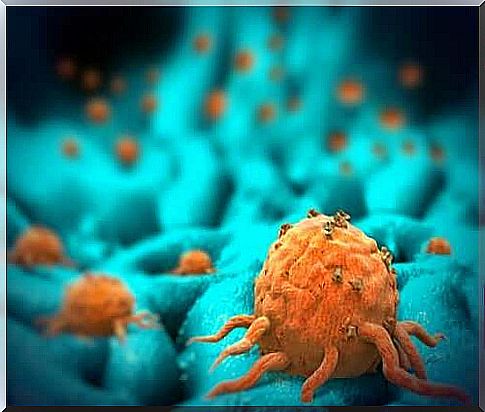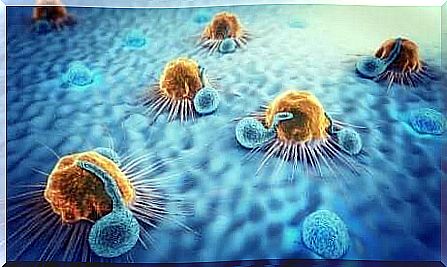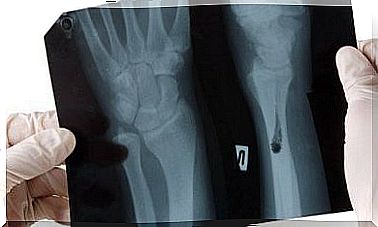Differences Between Benign Tumor And Malignant Tumor
Malignant tumors are characterized by their ability to spread to other parts of the body through a process called metastasis.

Nowadays, the possibility of having a malignant tumor is a worry that haunts almost all of us. Cancer is indeed one of the main causes of death in the world. It is therefore normal to be afraid of it.
However, we need to be aware that not all tumors are cancer. A tumor is defined as a collection of cells in any tissue in our body, which multiply in an uncontrolled manner and give rise to an abnormal mass.
Due to the importance of the subject, today we explain to you the main differences between a malignant tumor and a benign tumor.
Main differences between a malignant tumor and a benign tumor
The two types of tumor correspond to a pathology which must be studied in depth by a group of doctors. There is also treatment for both benign and malignant tumor. This is to prevent possible complications or bigger problems later on.
What mainly differentiates a malignant tumor from a benign tumor is the extension. In both types, cells multiply in an uncontrolled manner. However, in the case of benign tumors, they do not spread to other parts of the body.
Usually, benign tumors are not life threatening. But when they get too big and put pressure on nearby organs, they can be affected. In this case, it is necessary to remove the tumor.
In a malignant tumor, cells have the ability to spread to other parts of the body. Indeed, they also tend to grow in these other regions of the body. This is called metastasis. The spread can occur either by contiguity or through the blood or lymphatic system.
Therefore, a malignant tumor spreads and usually results in other tumors in different parts of the body. Benign tumors do not spread because cells are surrounded by a membrane or capsule that contains them.

Another aspect that distinguishes a malignant tumor from a benign tumor is differentiation. This term refers to the resemblance of tumor cells to those of the original healthy tissue:
- In the case of a malignant tumor, the cells look little or not at all like the original cells. This helps establish degrees for the stage of the cancer.
- In the case of benign tumors, however, the cells resemble those of healthy tissue.
Also, it is important to know that a benign tumor usually grows more slowly than a malignant tumor. It may even stop growing. This does not happen with a malignant tumor.
How to diagnose a tumor?
The sooner a tumor is diagnosed, the more likely it is to find an effective treatment. This is why it is necessary to sensitize the population. Self-examination for lumps or abnormalities is one of the main preventive measures. Even if one should not fall into the obsession either.
On the other hand, it is essential to consult a doctor. From a certain age, it is wise to undergo regular general checks. These are screening methods that allow early detection of tumors. For example:
- In women, it is essential to perform a mammogram to rule out the presence of breast cancer.
- In the case of men, it is recommended to examine the prostate through a digital rectal exam.
In addition to early detection, there are other techniques that can diagnose a tumor when it is more advanced. Imaging tests and tomography allow us to know the location and size of the tumor. Magnetic resonance is also used.
However, the only way to precisely study tumors is through a biopsy because this examination studies a fragment of the tumor. By means of a microscope, the behavior of the cells is observed. In this way, we know the degree of differentiation and its rate of proliferation.

Treatment of a malignant or benign tumor
Treatment depends on the type of tumor, its location, extent, etc. Most benign tumors can be removed through surgery. There is usually no need for radiation therapy or chemotherapy.
In addition, the treatment of malignant cells is often more complex. Most combine surgery with cycles of radiation or chemotherapy, or even both. This helps ensure the elimination of malignant cells in every part of the body.
Conclusion…
The most important thing is to achieve early detection, regardless of the tumor. This will establish a more effective treatment. Even if the benign cells do not directly endanger the life of the person, however, possible later complications are avoided.









